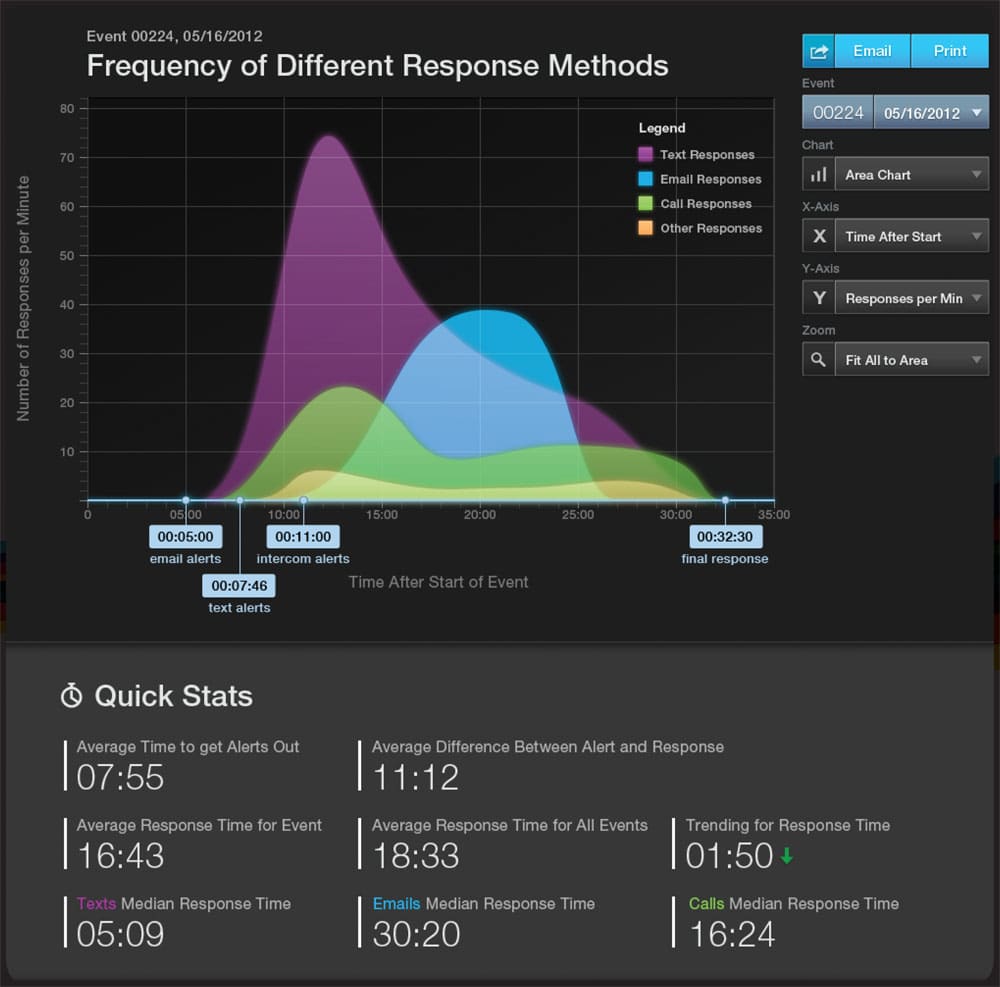
Visual content is on its way to becoming the most popular form of online communication. Pinterest, Instagram, Visual.ly, etc. are all capitalizing on the idea that users want to see images more than words. And why not? Statistically, users retain more information using visuals, which is why flash cards are so effective. Of course a company like ours will push the visual envelope because that’s what we do, but it’s for good reason.
Short background: As a company we began our career as developers interested in cars. It was that interest which lead us to build social communities for specific car models, more importantly car models we were interested in. With high volumes of traffic, our only monetization option was to sell banner advertisement so users could access the communities at zero cost. Banner ads were effective at the time, however as time went on the number of click-throughs started to decline. We had several hundred advertisers at our peak and it was tough to sell a product or service through banner ads because the user was bombarded by several hundred ads per day. When banner ad blockers became available, the next logical step for the advertiser was to participate within the community. This was especially powerful advertising if the business was new.
What community participation taught us and our advertisers was users wanted to be engaged and have the opportunity to talk back. Being able to have a 2 way conversation was key to building creditability. After creditability was established, the banner ads served as a passive reminder rather than a form of awareness. The only challenge being that banner ads were still one directional conversation (and still are).
Visual Content as present day has evolved into something more, which we believe is the mashing of the credibility from social media conversations and the reminder of that credibility by banner advertisements. If you take the automotive industry as an example. Car manufacturers are spending a ton of time and money working with digital media to help use their social influence to tell the manufacturers’ story. The message delivery comes from different people but are delivered through the same channels – blog articles, forum posts, photographs, and maybe even video. At the end of the day the goal is to get views and go viral. But what if there was another option? We believe there is.
Example: Our TopGear infographic was a major hit. We received well over 100,000 views in its infancy and every day that number grows an average of about 1,000 views. This is visual content at its best. It ultimately came down to choosing the right story, finding the data, and building a visual layout for the user to explore. Just like most automotive brands, TopGear is well known and well respected. All we had to do was think of a story that was compelling and use data which TopGear already had to visually explain that story. The end result is an effective visual story which allows constant engagement with the brand and user.
What this means is if the story is compelling enough, most major brands may already have the data to support a visually interesting story. I hate to use more internet culture buzz-words but to be viral today, brands need to get smarter. Empty entertainment value is losing out and audiences are demanding richer, more engaging experiences which allows them to learn, explore, and experience information or data. Ultimately, visual content is the only way to engage people enough to capture their attention and expand their minds. If you want your brand to stay relevant for another 10 years and your customers or clients to remember your message, you must make those messages visual.
